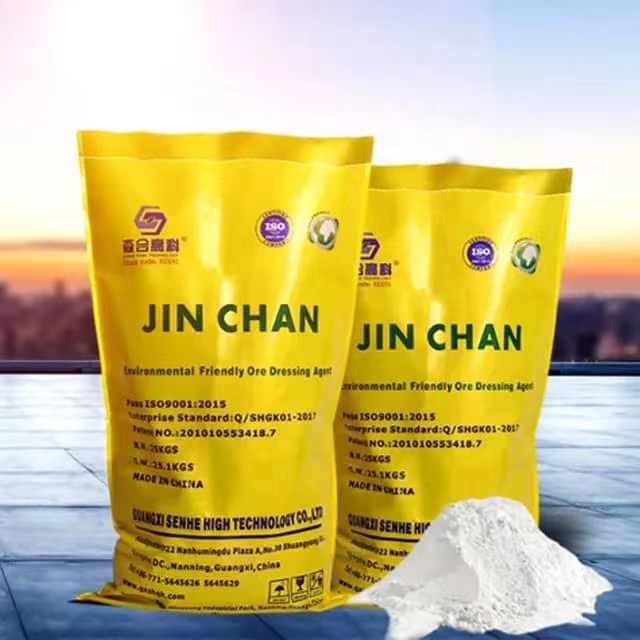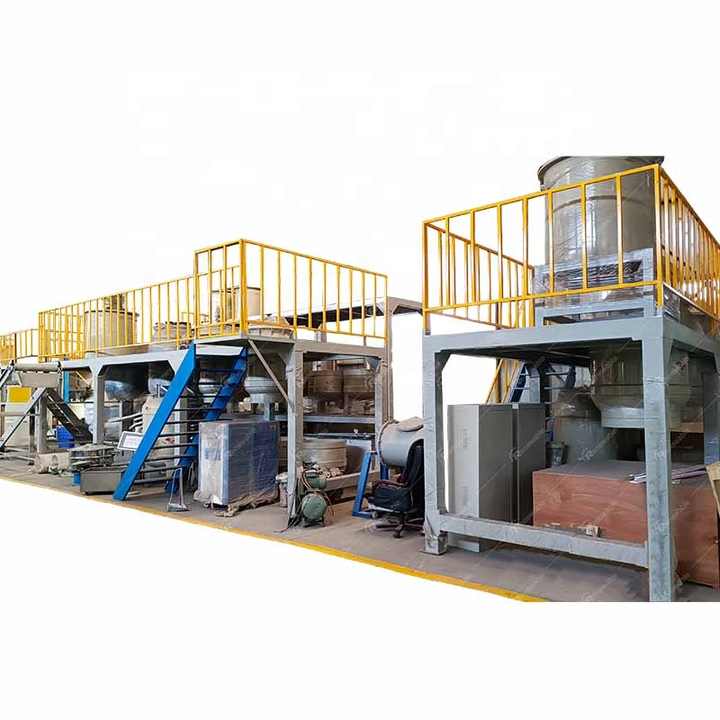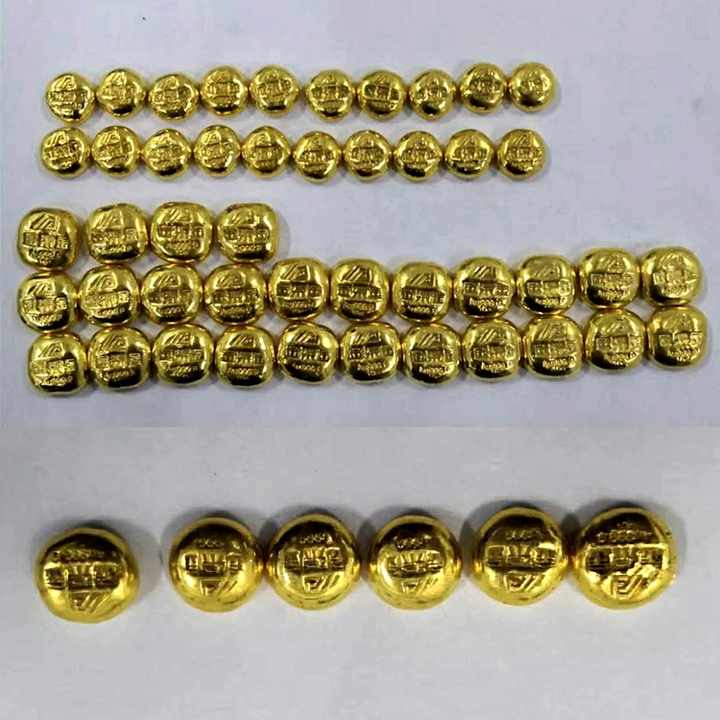Gold Stamps Real Or Fake And Refining
Identifying Gold Stamps: Real or Fake?
Gold has captivated human imagination for millennia, symbolizing wealth and status. However, distinguishing between genuine gold items and imitations can be challenging, especially when dealing with gold stamps. Whether you’re a seasoned collector or a beginner, understanding how to identify real gold stamps from fake ones is crucial. This guide by FRT Machinery will help you navigate the world of gold stamps, offering insights into authentication techniques and the refining process.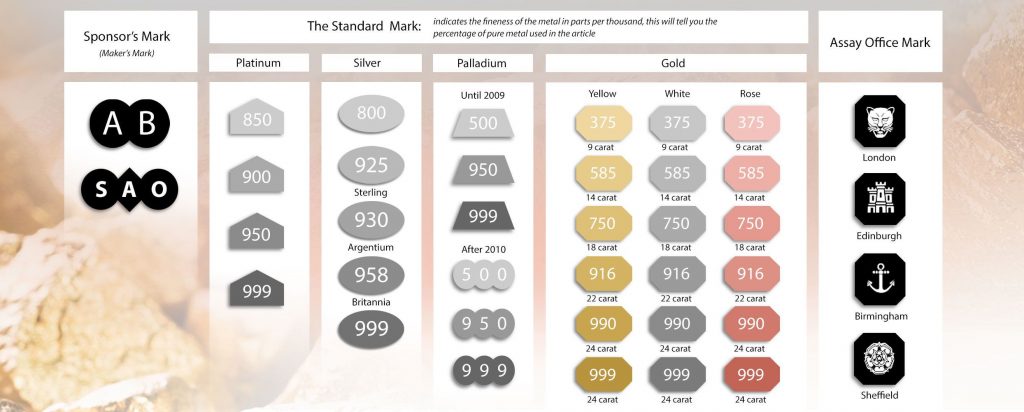
Gold Stamps: Determining Authenticity
One of the first steps in determining if a gold stamp is real involves examining its hallmark or stamp. Genuine gold items often bear specific marks indicating their purity, origin, and sometimes the manufacturer. For instance, a “9K” or “18K” marking signifies the gold’s karat value, while other symbols might represent assay offices or the maker’s mark. Using a jeweler’s loupe, inspect these details closely. Faint or missing hallmarks could suggest a counterfeit piece.
Testing Gold Stamps for Realness
Several non-destructive tests can help verify the authenticity of gold stamps. The magnet test is one of the simplest; since pure gold is not magnetic, a reaction to a magnet indicates the presence of other metals. Another method involves using nitric acid, which should not harm gold but will react with base metals. Always perform such tests cautiously and preferably under professional supervision to avoid damaging genuine pieces.

Refining Gold Stamps to Enhance Purity
Once you’ve confirmed that your gold stamps are authentic, you might consider refining them to increase their purity and value. Refining processes, offered by companies like FRT Machinery, involve separating gold from impurities through methods like aqua regia treatment or electrolysis. These processes can transform lower-karat gold into a purer form, enhancing its market value and potential for reuse in jewelry making or investment.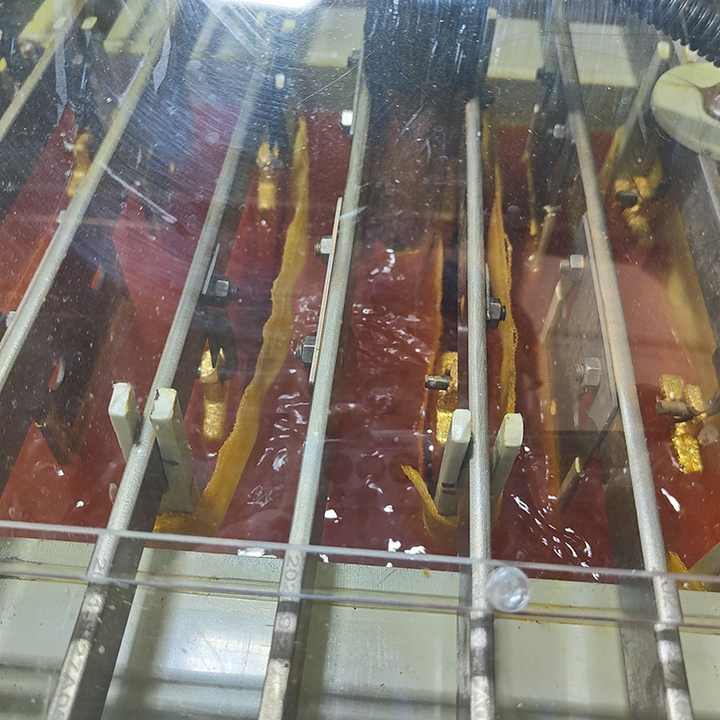
Professional Services for Gold Stamp Authentication
For those unsure about self-testing or lacking the necessary tools, professional services can provide definitive answers regarding the authenticity of gold stamps. Jewelers and assayers equipped with advanced testing equipment can accurately determine the composition of your gold items. Additionally, they may offer advice on the best methods for refining or selling your stamps, ensuring you get the most out of your investment.
Market Value of Real vs. Fake Gold Stamps
Understanding the market value of gold stamps is essential for collectors and investors alike. Real gold stamps hold intrinsic value based on their metal content, plus any additional value derived from rarity, historical significance, or craftsmanship. Conversely, fake stamps have minimal worth beyond their base material value. Keeping abreast of current gold prices and trends in the collectibles market can help you make informed decisions about buying, selling, or refining your gold stamps.

Sustainable Practices in Gold Stamp Refining
As awareness grows around environmental sustainability, it’s important to consider the ecological impact of refining gold stamps. FRT Machinery emphasizes eco-friendly practices in its refining processes, utilizing technologies that minimize waste and reduce harmful emissions. By choosing sustainable refining options, you contribute positively to both the economy and the environment, ensuring that your gold investments are as green as they are profitable.
By following these guidelines and considering the options provided by experts like FRT Machinery, you can confidently explore the fascinating world of gold stamps, secure in the knowledge that your acquisitions are genuine and potentially valuable additions to your collection or portfolio.










